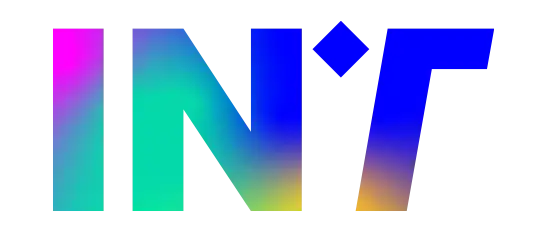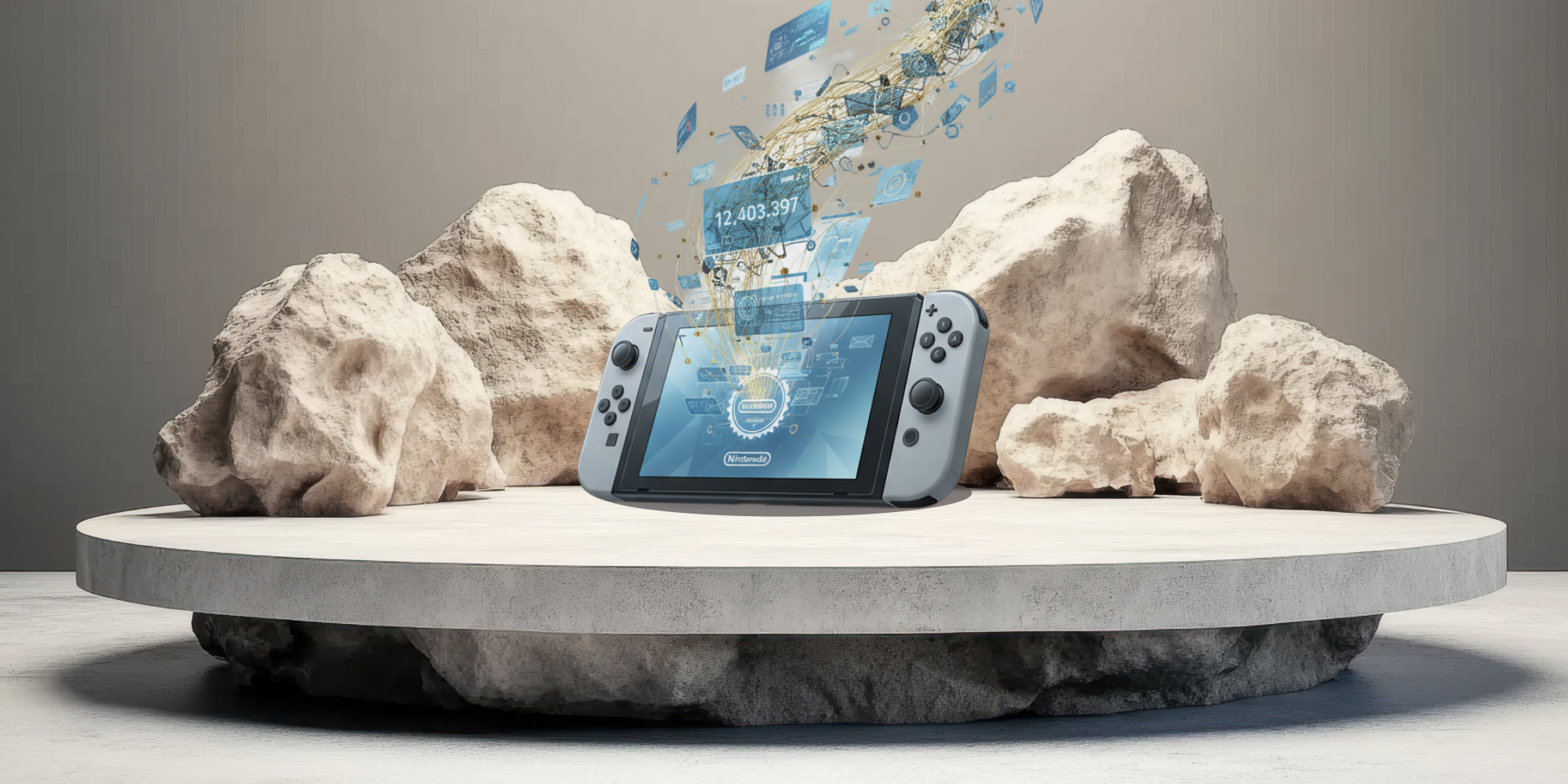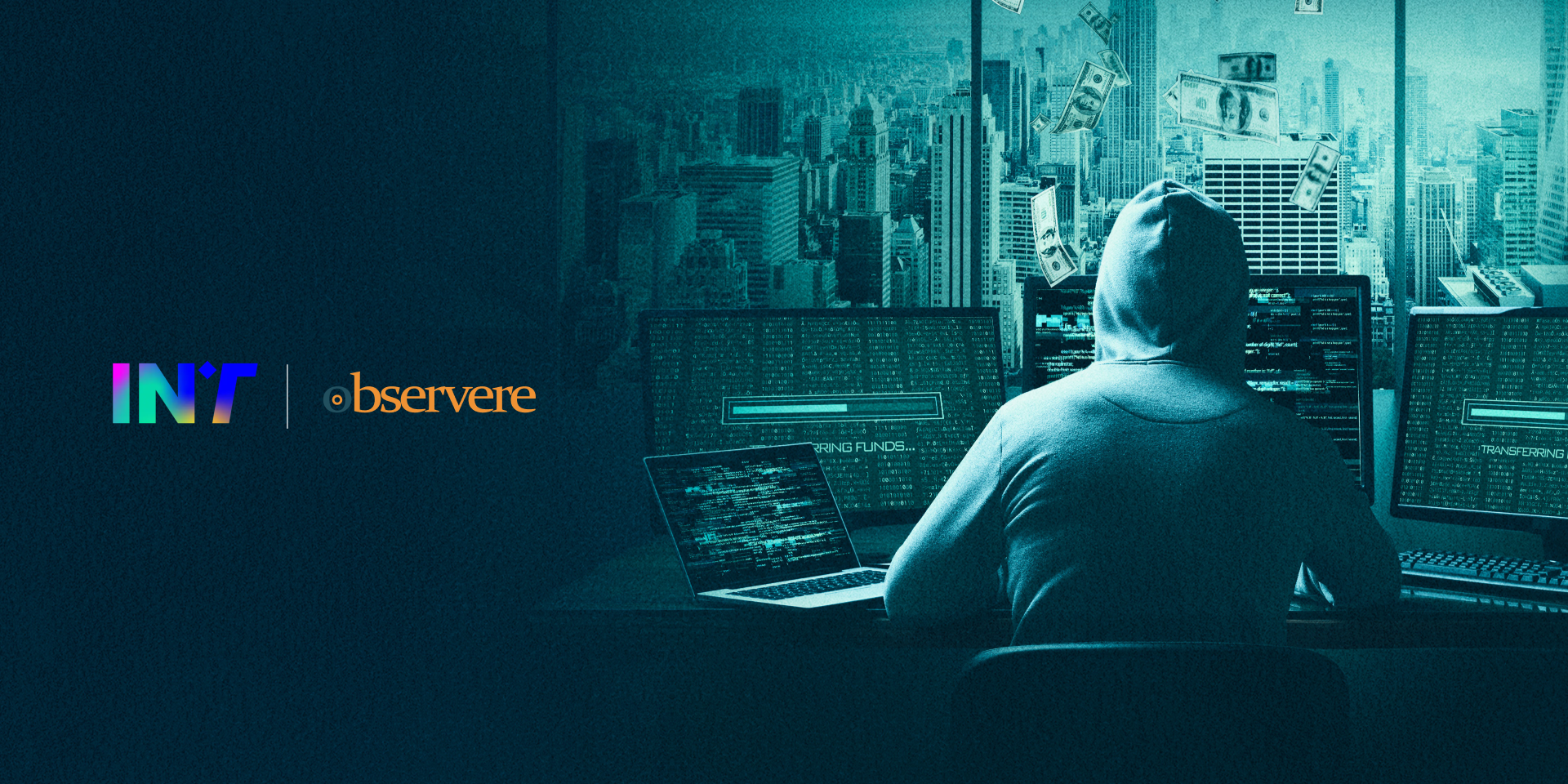A new Nintendo patent granted by the United States Patent and Trademark Office (USPTO) is sparking a heated debate in the video game world. The patent, number 12,403,397, filed in March 2023 and approved on September 2, 2025, protects a specific gameplay mechanic, raising doubts about its actual novelty and the possible consequences for the entire industry.
Let’s analyze in detail what it is, why it is so controversial, and what risks it poses for innovation.
What does the new Nintendo patent entail?
The patent describes a game engine focused on the interaction between the protagonist, controlled by the player, and a summoned “ally.” The mechanic is structured around these key points:
- Contextual Summoning: With a first input, the player summons an ally. If an enemy is nearby, a battle is immediately triggered. In the absence of threats, the ally switches to an automatic control managed by the AI.
- Position Command: With a second input, the player can order the ally to reach a specific position.
- Automatic Engagement: If an enemy is at the indicated position, a second combat mode is automatically triggered.
In short, Nintendo has put down on paper a mechanic that aims to unify summoning, movement, and engagement into a single control flow, making the gaming experience more fluid and dynamic. But is it truly an original idea?
The requirements for patenting an invention: A step back
Before analyzing the criticism, it is useful to remember that a patent does not protect an abstract idea (like “summoning a helper”), but a concrete and well-defined technical solution. To be valid, a patent must meet rigorous requirements, the absence of which can render it void.
The pillars of patentability are:
- Lawfulness: The invention must not violate public order or morality.
- Novelty: It must not have been made available to the public in any form before the patent application filing date. Secrecy is crucial.
- Inventive Step (or Non-Obviousness): The invention must not be obvious to a person skilled in the art. It must represent a non-trivial step forward compared to the state of the art (the so-called “prior art”).
- Industrial Application: It must be capable of being manufactured or used in any kind of industry, ensuring its practical utility.
Furthermore, the description must be clear enough to allow an expert to replicate the invention. It is precisely on the grounds of novelty and inventive step that the major concerns about the Nintendo patent are focused.
Gameplay and “Prior Art”: The two interpretations of the patent
For anyone with experience in the world of video games, the archetype of the traveling “companion” (ally, pet, minion) is anything but new. But an archetype is not enough to invalidate a patent; the technical configuration is what matters.
The Criticism: An Obvious and Already-Seen Mechanic
The first interpretation, and the most widespread among industry insiders, is that Nintendo’s claims are nothing more than a reformulation of dynamics that have been present for decades in countless titles. Role-playing games like Persona, action RPGs like Elden Ring, or hack-and-slash games like Diablo have long used mechanics such as:
- Summoning allies.
- Artificial intelligence for companions.
- Automatic combat.
- Contextual orders.
Even if no single past title included this exact combination, a person skilled in the art would consider it an obvious solution, stemming from the normal evolution of game design.
The Defense: A More Fluid Game Flow
A more favorable interpretation for Nintendo suggests that the innovation lies in the specific combination of timing, priorities, and states, creating a more continuous game flow. The goal would be to reduce micromanagement by the player, increasing the pace and smoothing the transitions between direct control and ally autonomy.
The ‘397 patent would position itself as an improvement over traditional systems, where summoning and combat are often separate and cumbersome events.
A Dangerous Patent: What are the risks for innovation?
Beyond the technical debate, the granting of this patent raises an alarm for the entire industry. The main criticisms highlight that the examiner’s decision may stem from a lack of analysis of prior art and a poor specialization in the video game field.
If patents on such fundamental game mechanics are approved, the risk is twofold:
- Obstacle to Gameplay Evolution: Developers, especially independent ones with fewer legal resources, might be discouraged from implementing similar solutions for fear of legal action.
- Strategic Use of the Patent: For a multinational corporation like Nintendo, the mere threat of a patent infringement lawsuit (the legal costs of which are prohibitive, especially in the US) is a powerful weapon to stifle competition, even if the patent turns out to be legally weak.
Conclusions: Is the future of gameplay at risk?
The case of the Nintendo patent is a clear warning. When the patent system protects solutions lacking real novelty, it risks transforming from an engine of progress into a tool for defending monopolistic interests.
A patent should not cage well-known ideas but should remain faithful to its original purpose: to grant a temporary monopoly in exchange for the public disclosure of a true innovation. Otherwise, the risk is to crystallize old mechanics behind artificial barriers, penalizing the creativity and progress that have always defined the world of video games.
To delve deeper:
“An embarrassing failure of the US patent system…”
“This Nintendo patent was apparently granted without a patent examiner looking at a single game…”
If you want to read more articles like this:






